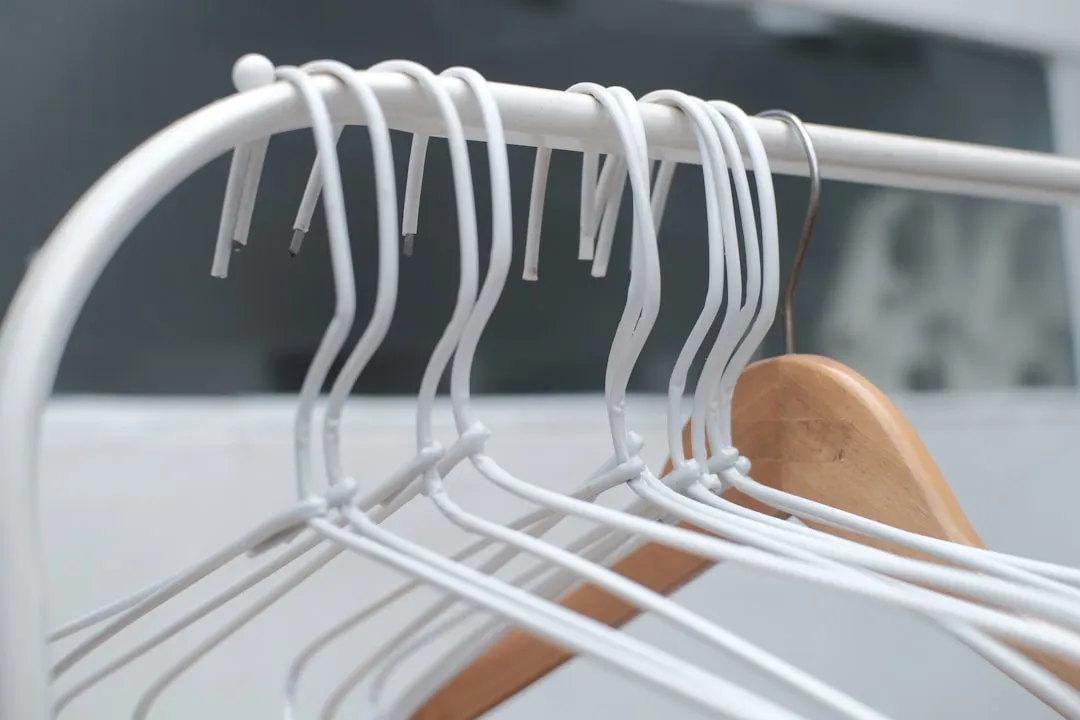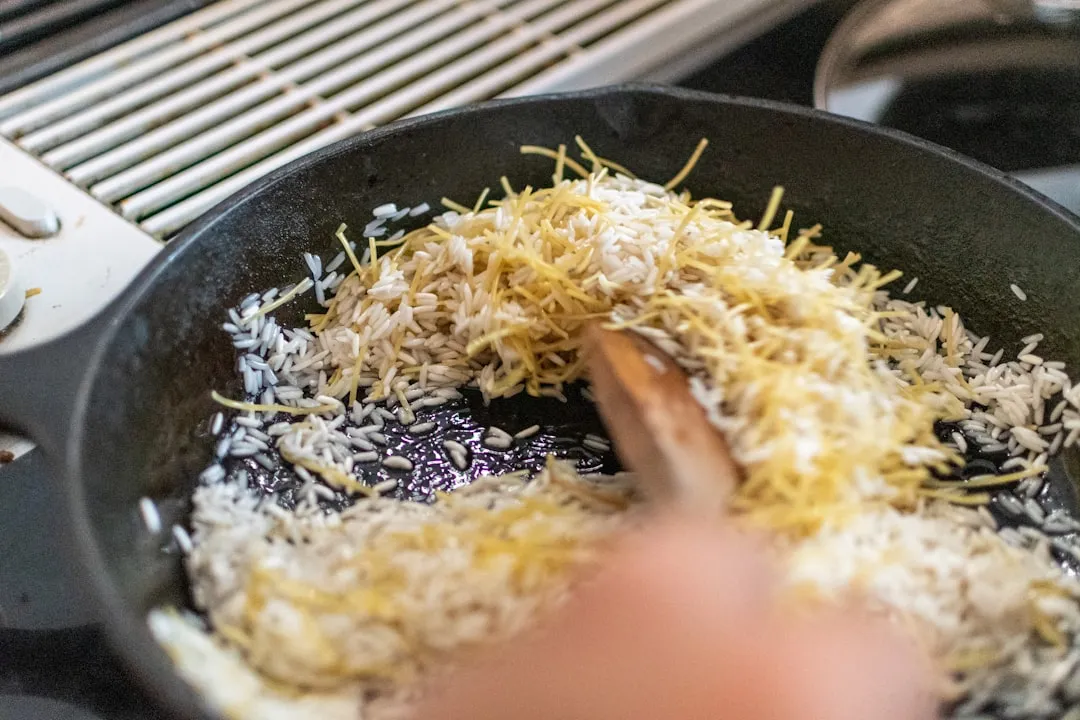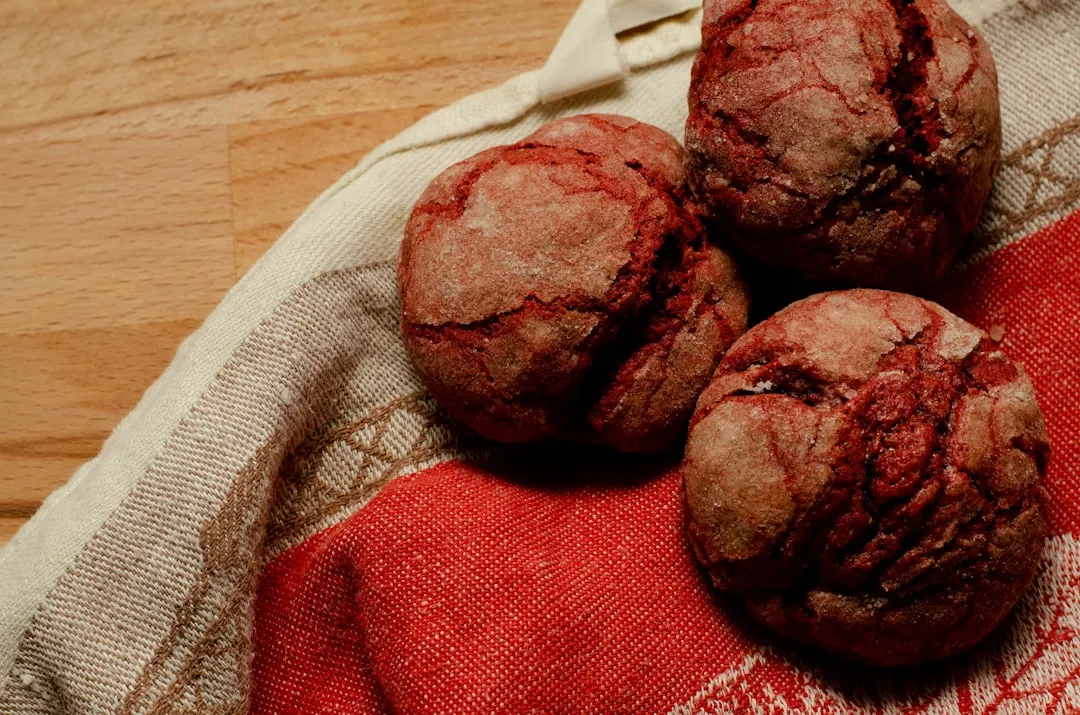Cheese is one of the most loved foods in the world, and there are hundreds of different types. Some prefer super expensive gourmet cheeses, others are fine with the cheaper processed stuff.
Whether it's an imported wedge from the cheese counter or pre-sliced from the deli, you want it to stay fresh for as long as possible. You could cut the mold off of Asiago, cheddar, Swiss, and other hard cheeses, but why would you even want to get to that point?
To help you keep your cheese fresh for as long as humanly possibly, here are 11 things you should do (or avoid doing) from now on.
#1. Never Use Plastic Wrap
The worst way you can store cheese is in plastic wrap. Sure, it's easy to just throw it in the fridge when you get home, but you're just suffocating the flavor. Also, since cheese is mostly oil and fat, after a few days it will actually start to take on the flavor of the plastic, which masks the taste of the cheese itself.

#2. Don't Wrap It Tightly or Too Loosely
There are natural odors emitted from cheese, the most significant being ammonia's pungent smell. If you're not leaving your cheese room to breath, it's not only going to smell and taste like plastic, it's going to smell and taste like ammonia. However, if you wrap your cheese too loosely, you'll end up with dried out and hardened chunks, which is just as bad.
#3. Cheese Bags or Cheese Paper Is Best
To keep your cheese fresh for as long as possible, cheese bags or cheese paper is the best way to store it. It's porous, so it protects the cheese from air exposure while still allowing it to breathe.
There aren't many manufacturers out there besides Formaticum, but it's well worth the investment. It's a two-ply material made of wax-coated paper and a thin porous polyethylene plastic, which allows moisture to wick, but not totally escape.

Lisa over at America's Test Kitchen compared Formaticum's cheese bags to their homemade cheese wraps and found it to last a whole two weeks longer. To use these wrappers properly, check out Formaticum's cheese wrapping how-to videos for the perfect folds.
#4. Wax or Parchment Paper Works, Too
If you can't find or don't want to buy cheese paper, wrap it in wax or parchment paper, then put it in a partially sealed plastic bag. The paper creates a barrier between the cheese and the plastic, while the plastic keeps it from getting dry. If it's pre-sliced, you can wrap the slices in paper and put them back in the original unclosed bag.

You can also surround the wax or parchment paper with aluminum foil, if you want to stray completely away from plastic. This is the method that Lisa used in her comparison to cheese bags, but it's still going to last a lot longer than keeping it as is from store to fridge.
For the best possible package, check out Jake Lahne's step-by-step guide to wrapping a chunk of cheese on Serious Eats.
#5. Replace the Paper Every Time You Unwrap
For cheeses that sweat a lot, you'll want to actually replace the cheese, wax, or parchment paper every time you unwrap it. Reused materials won't give you the same breathable seal that you had before, so start fresh for longer lasting results.
#6. Soft & Fresh Cheeses Are Different
Soft cheeses, like mozzarella, ricotta and chèvre, are much fresher than their aged counterparts and can spoil very quickly if they don't have any added preservatives. For the most part, these cheeses should be kept sealed in their original containers.
However, according to Jeff Zeak of PMQ Pizza Magazine, a larger piece of mozzarella can stay fresh longer if you remove it from the brining solution and wrap it in plastic. If you replace the plastic each time you open it, it can last up to 7 days in the fridge. Smaller chunks dry out more easily and should be kept in the brining solution.
#7. Replace the Brine if It Gets Funky
Some people advocate changing the packing solution on fresh cheeses every few days, but that's only necessary if it's contaminated. As long as you use clean utensils, the solution shouldn't need to be changed.
If the solution is contaminated or has a funny look or smell, you can replace it with a saltwater brine of 1 tablespoon of salt dissolved in a few cups of water. The cheese will absorb some of the salt from the water, so adjust the salt level according to how salty you want your cheese to be.
#8. Save the Date
Before you put it in the fridge, label your cheese with the type and the date you wrapped it. Cheese is best when it's freshest, so dating it helps remind you how long it's been in there.

#9. Only Buy a Little at a Time
Try to buy cheese in small quantities so you only have to store it for a few days. Yes, that means buying it more often, but it's worth it because it tastes much fresher when you first buy it. In a perfect world, you should only be purchasing as much cheese as you can consume in one or two sittings. Plus, that way you can't forget about it and let it go to waste.
#10. Keep It in the Vegetable Drawer
Ideally, cheese should be kept between 35 and 45 degrees Fahrenheit. Freezing can cause the texture to degrade, so the best place to store cheese is as far from the freezer as possible. Keep it in the vegetable drawer or on a bottom shelf where the temperature is consistent but not too cold.
#11. Use Oil to Prevent Molding
If you want to forgo the plastic altogether, you can rub the cut faces of the cheese with a light coat of olive, canola or another vegetable oil, then store in an airtight container in the fridge. If any mold starts to grow, it will be on the oil, not the cheese itself. Then, you can just wipe it off with a paper towel and rinse under lukewarm water.
Know any other tips and tricks for keep cheese fresh? Share with us in the comments.


























Comments
Be the first, drop a comment!